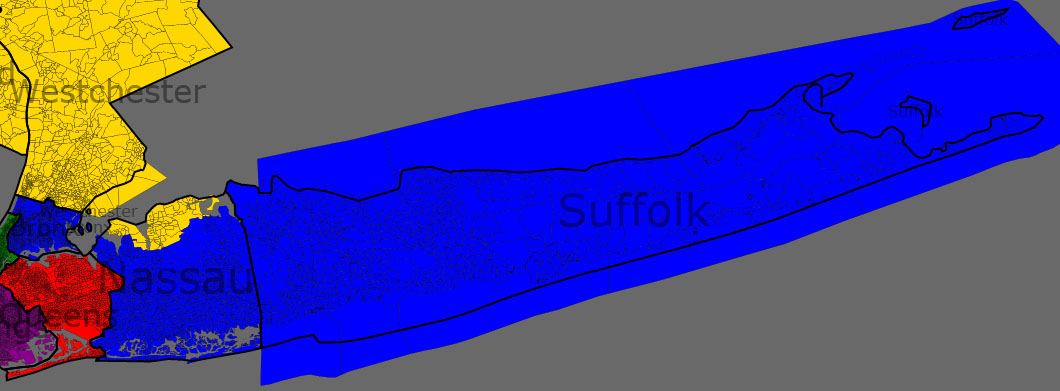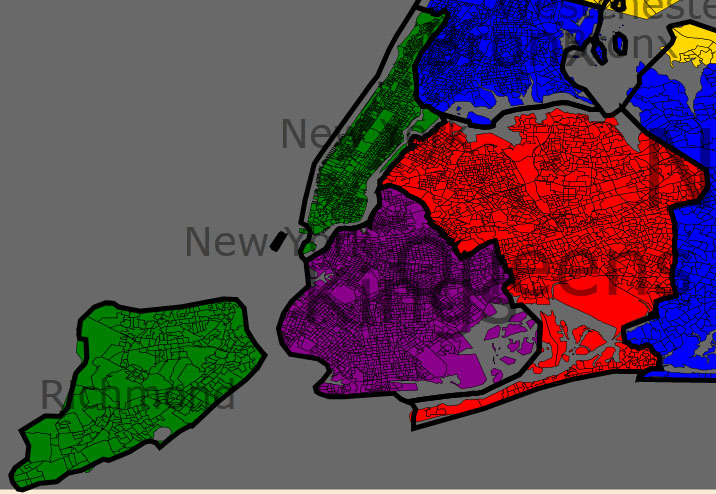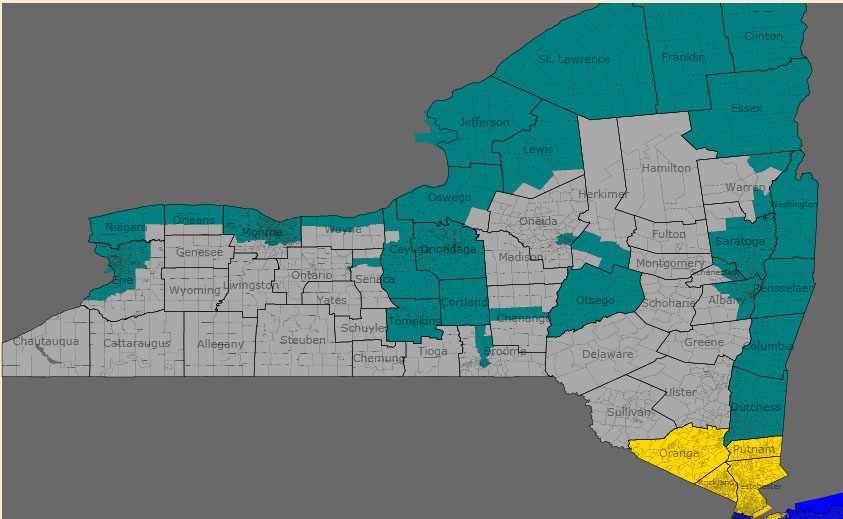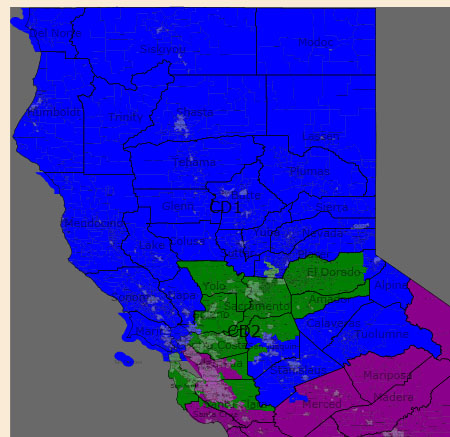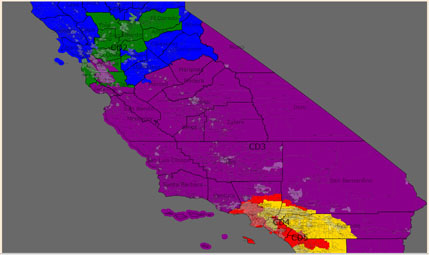The daily digest from the other day about the Democrats' plans for New Mexico got me thinking about creating my own New Mexico map. My goals in this map were very simple, make NM-01 more Democratic while shoring up Steve Pearce in the south (making Pearce happy with the map makes it harder for Republicans to reject it, especially given that there is a real risk that a court-drawn map makes NM-02 more Democratic, and Pearce is going to have a hard time winning a district that votes for Obama). But having said that, these caveats apply:
1. This map is probably not what a court would draw
2. It's better for Democrats than Republicans (although as I mentioned before it strengthens Steve Pearce, and that probably would at least give Pearce
3. The partisan percentages are only rough estimations, as I had to use the election data from 2008 (with 2000 population) compared to using the actual 2010 census data, as such my partisan numbers might be off somewhat (though probably not enough to make a difference)
Even with these caveats in mind, I still think there is a good chance that Democrats at least try to pass this type of map and try to get Martinez to go along with it by making Steve Pearce happy the maps below the fold:
Format: New stats (old stats)


NM-01
Pop: 685,912 (-481 dev.)
Democraphics
White: 39.8%/44.6% VAP (41.8%/46.7% VAP)
Hispanic: 47.2%/43% VAP (48.2%/43.7% VAP)
Native American: 6.6%/6.3% VAP (3.6%/3.5% VAP)
Partisanship: Obama 60.8% (59.6%)/McCain 37.8% (39.1%)
Notes: The first district gets a bit of a make-over here, it sheds all of Torrance County and loses most of Valencia County (while retaining a reservation). Really, all I've done to NM-01 is to shift it to the west, it loses the very northeastern part of Bernalillo County to the second district, while in exchange taking the western parts of Bernalillo county and absorbing Cibola County and the reservations in McKinley County.
NM-02
Pop: 686,837 (dev. +444)
Demographics
White: 42.1%/47.4% VAP (40%/45.2% VAP)
Hispanic: 52.6%/47.4% VAP (51.9%/47% VAP)
Native American: 1.7%/1.6% VAP (4.5%/4.3% VAP)
Partisanship: Obama 47.5% (48.5%)/McCain 51.1% (50.1%)
Notes: So you'll notice that the second district has become a touch whiter and more Hispanic, that's because NM-01 has absored most of reservations that were here before. Another big thing that happens here is that it sheds the more heavily Democratic northwestern part of Bernalillo County and takes in the more Republican northeastern part, as well as taking the town of Edgewood, taking all of Torrance County, and nearly all of Valencia county. To make the population as close as possible, it was also necessary for the second district to take small parts of San Miguel county. The major difference happen by trading some populations between CD-01 and CD-02. This is a district that Steve Pearce would be quite happy with.
NM-03
Pop: 686,430 (dev. +37)
Demographics
White: 39.6%/43.9% VAP (39.6%/44% VAP)
Hispanic: 39.1%/36.4% VAP (39.0%/36.3%)
Native American: 17.3%/15.9% VAP (17.3%/16% VAP)
Partisanship: Obama 61% (60.9%)/McCain 37.8% (37.9%)
Notes: Very little changes about NM-03, it sheds a little population to NM-02 and NM-01 for population purposes, but otherwise its core completely.




